Equine
February is International Hoof Care Month- Farrier Service for Horses
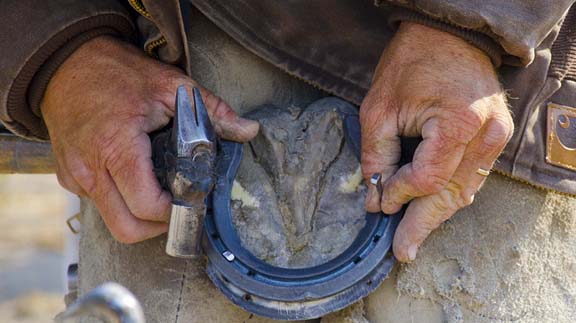
Texas A&M University-
International Hoof Care Month is celebrated throughout the month of February. During this time, it is important that we recognize the significant contributions farriers make to the equine community.
“Farriers perform duties such as trimming horse’s feet and often applying shoes for protection,” said Jason Wilson-Maki, farrier for the Texas A&M Veterinary Medical Teaching Hospital. “How complex the shoe(s) will need to be depend on the horse’s individual needs, what activities he undertakes, and what may be needed to address any hoof issues.”
Due to the fact that no minimum education is required to become a farrier, a large diversity exists within the farrier community in regards to skill sets and knowledge. However, organizations such as The American Farriers Association offer a series of voluntary examinations by which individuals can earn credentials.
“Within the United States , there is no minimum education or skill set requirement to trim or shoe horses’ feet; any person at any point may technically do farrier work,” said Wilson-Maki. “With that being said, many horseshoeing schools, both public and private, exist and attempt to impart to their students a good basic skill set.”
Though they differ in job titles, both the veterinarian and the farrier have important roles in the long and short term care of the horse’s foot. “A farrier works on the hoof capsule and corrects distortions that are evident by observation,” said Wilson-Maki. “However, a farrier cannot diagnose nor treat lameness, and are not required within the United States to have any formal education.”
In contrast, veterinarians have different tools, such as regional anesthesia, radiographs, ultra sound, and MRIs to diagnose lameness, as well as a specified education and specific practice laws under which they work. “They may also treat the diagnosed lameness by means of medical treatment. Often, shoeing and trimming protocols are an integral portion of the overall approach,” said Wilson-Maki.
As far as farrier service pricing goes, it is known to vary greatly within the region and county. “What would be considered usury in rural Texas may well below average in New Jersey ,” said Wilson-Maki. “An owner could ask about the pricing ahead of time and get a feel for what is normal within a given region.”
Each horse owner and horse will have different needs and expectations of a farrier. “A salient point that must be highlighted is that the owner must be able to communicate clearly and well with the farrier,” said Wilson-Maki. “An owner should seek out a farrier that can meet the needs of their animal and with whom they can communicate.”
Whether your horse is a champion barrel racer or merely a leisure-riding companion, farriers are vital to your horse’s health and well-being, and finding one that meets their specific needs takes clear communication between horse owner and farrier.
###
Pet Talk is a service of the College of Veterinary Medicine & Biomedical Sciences, Texas A&M University . Stories can be viewed online at vetmed.tamu.edu/pet-talk. Suggestions for future topics may be directed to editor@cvm.tamu.edu.
More news about Texas A&M University
Follow us on Twitter
Equine
AQHA Horse of the Year
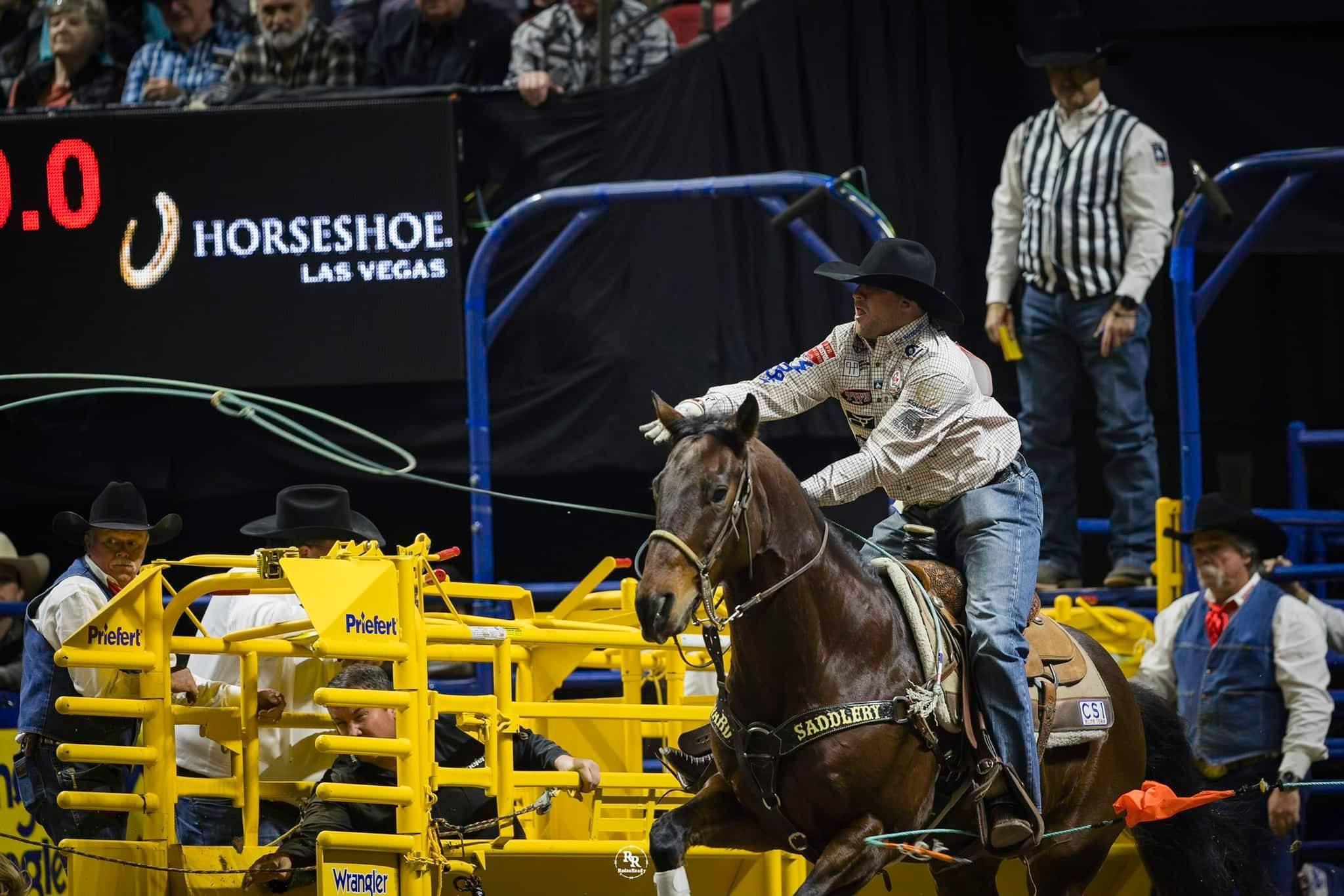
By Krista Lucas Wynn
Each year, when the professional rodeo season wraps on Sept. 30, the Professional Rodeo Cowboys Association and Women’s Professional Rodeo Association announce the Nutrena Horse of the Year, presented by the American Quarter Horse Association, in each event. This is a prestigious award, voted on by the members of the associations. To be named Horse of the Year by fellow competitors is a high honor only a few achieve.
To read more, pick up a copy of the November edition of North Texas Farm & Ranch magazine, available digitally and in print. To subscribe by mail, call 940-872-5922.
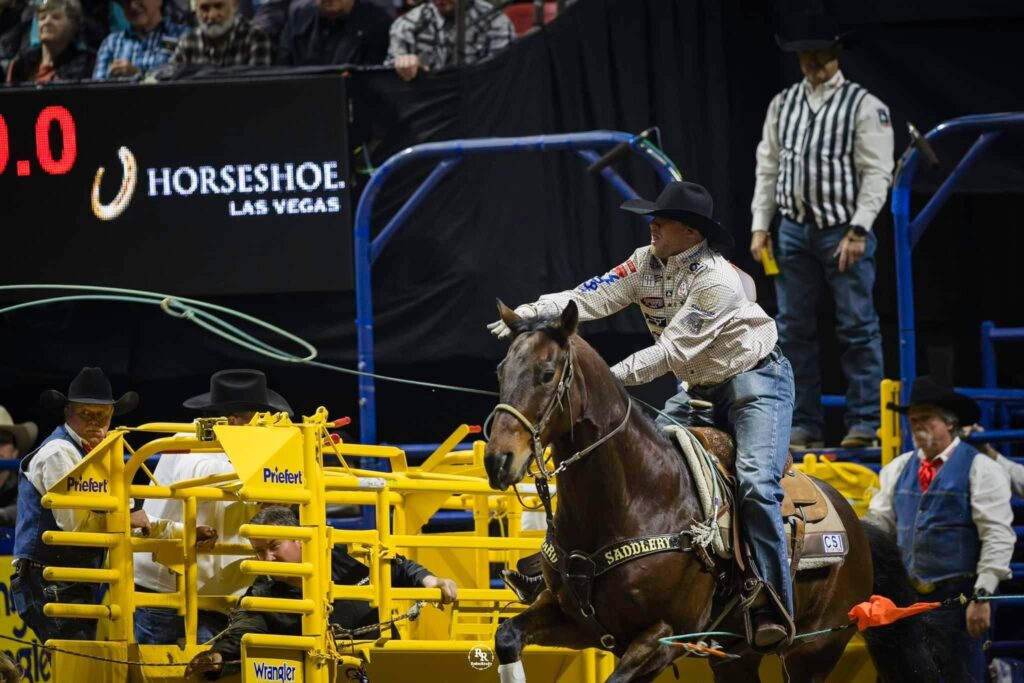
Equine
Tuff Enough: Tuff Hardman Wins Big At Cheyenne Frontier Days
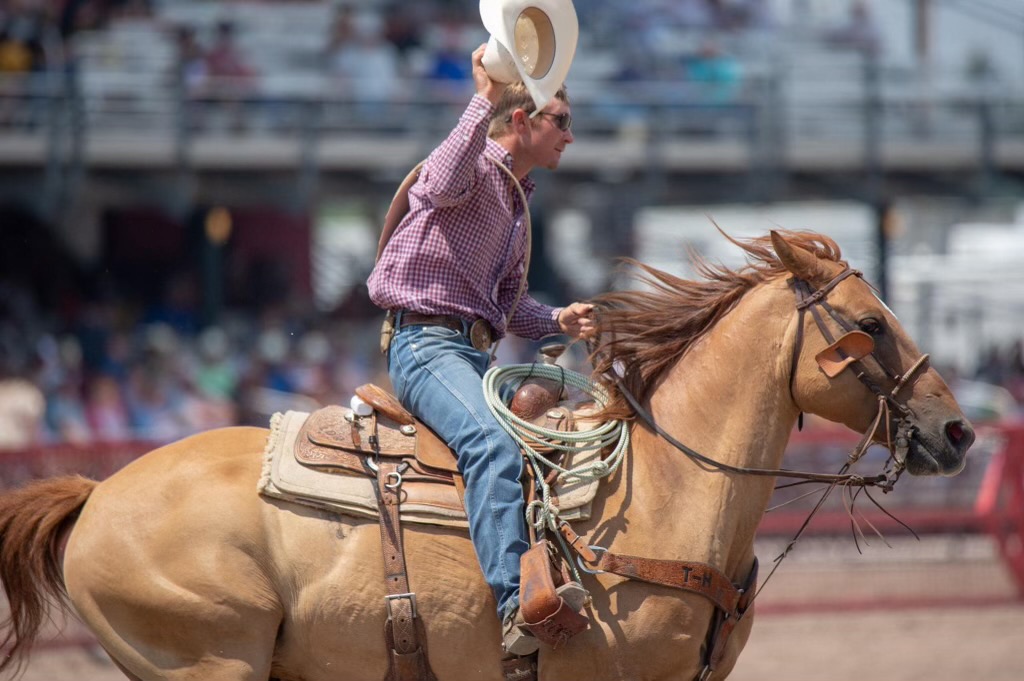
By: Krista Lucas Wynn | Copy Editor
The name, “Daddy of ’em All,” instantly brings to mind the world’s largest outdoor rodeo and western celebration. Cowboys and cowgirls from all across the country dream of competing on the iconic Cheyenne arena dirt.
Every July, pro rodeo contestants travel to Cheyenne, Wyom. to vie for the title of champion of the Cheyenne Frontier Days. The rodeo is steeped in western tradition and celebrated the 125th year this summer. With nearly two weeks of rodeo action, fans watched bareback riding, calf roping, breakaway roping, saddle bronc riding, team roping, steer wrestling, barrel racing, bull riding, and steer roping.
Steer roper, Tuff Hardman, knew winning “the Dad” was a tall order, but with a good horse and a few prayers he left no doubt who the best steer roper at Cheyenne was when it was all said and done. After two rounds, Hardman qualified back for the finals tied for ninth place with a time of 30.8 seconds.
To read more, pick up a copy of the September issue of NTFR magazine. To subscribe by mail, call 940-872-5922.

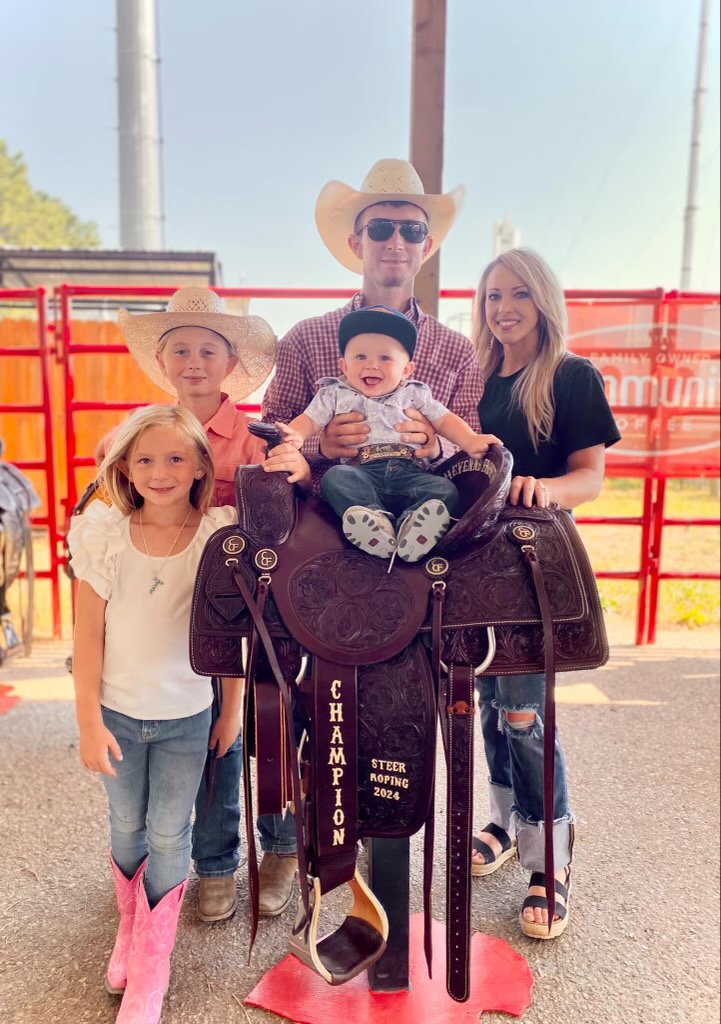

Country Lifestyles
Mandy Cleveland & Stable Strides Farm
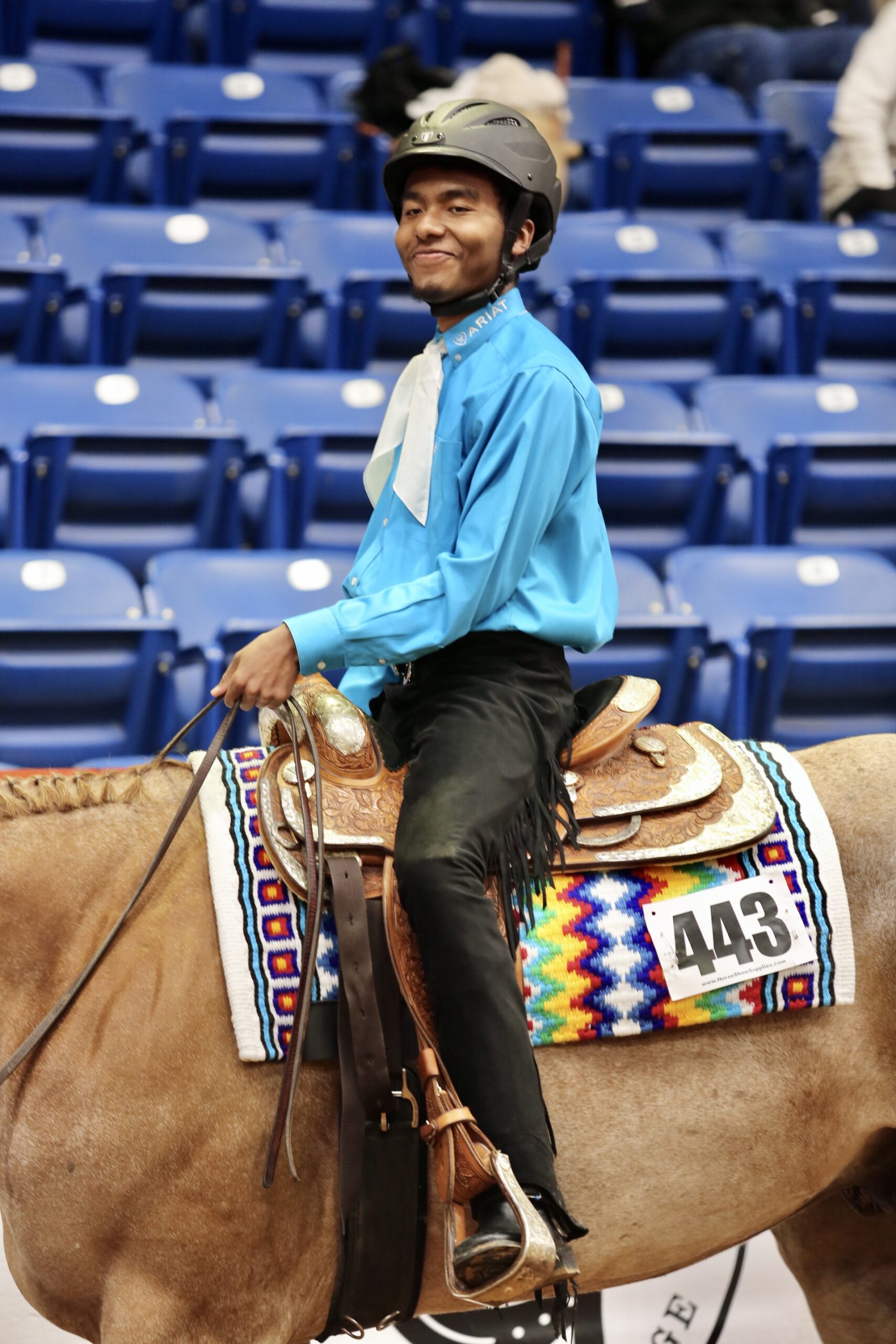
Utilizing the horse to human connection.
By: Hannah Claxton | Editor
Deep in the heart of Texas, both humans and horses at Stable Strides Farm in Pilot Point, Texas aer demonstrating just how big their hearts really are. Founded by Mandy Cleveland in 2001, Stable Strides Farm serves dozens of Equestrians with Disabilities and Veterans each week.
Deep in the heart of Texas, both humans and horses at Stable Strides Farm in Pilot Point, Texas aer demonstrating just how big their hearts really are. Founded by Mandy Cleveland in 2001, Stable Strides Farm serves dozens of Equestrians with Disabilities and Veterans each week.
“My boys have been riding since they were 18 months old, and for the first 17 years they had a leader and sidewalker. When we moved here, and Mandy started teaching them, she just said, ‘Let’s see what they can do,’ and they ride independently now,” Danielle Frank explained, whose two sons, Adison and Aiden, ride with Stable Strides Farm. “Mandy is amazing beucase she doesn’t place any limits on them, she always wants to see what they can do.”
It is her dedication to never setting limits that earned Cleveland a spot as a national finalist for the NSBA 2024 Dianne Eppers Cowgirls Reaching-Out-to-Community Award. The award was established by the NSBA Foundation to recognize cowgirls across the industry for their selfless contributions to the equestrian community.
To read more, pick up a copy of the September issue of the NTFR magazine. To subscribe by mail, call 940-872-5922.
(Photos Courtesy of Hannah Claxton)
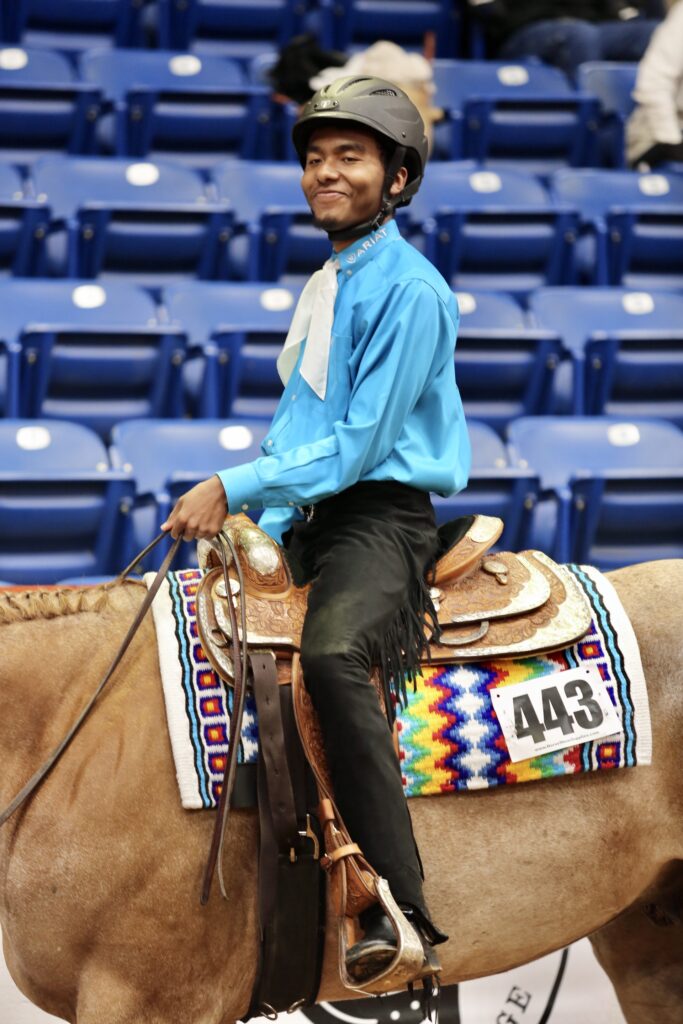
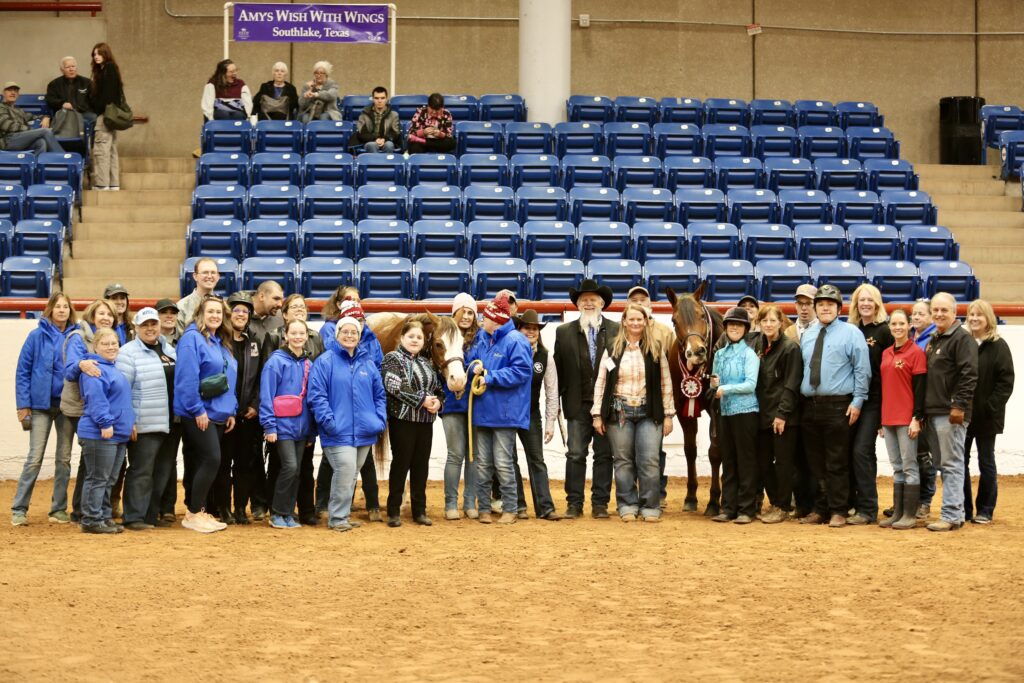
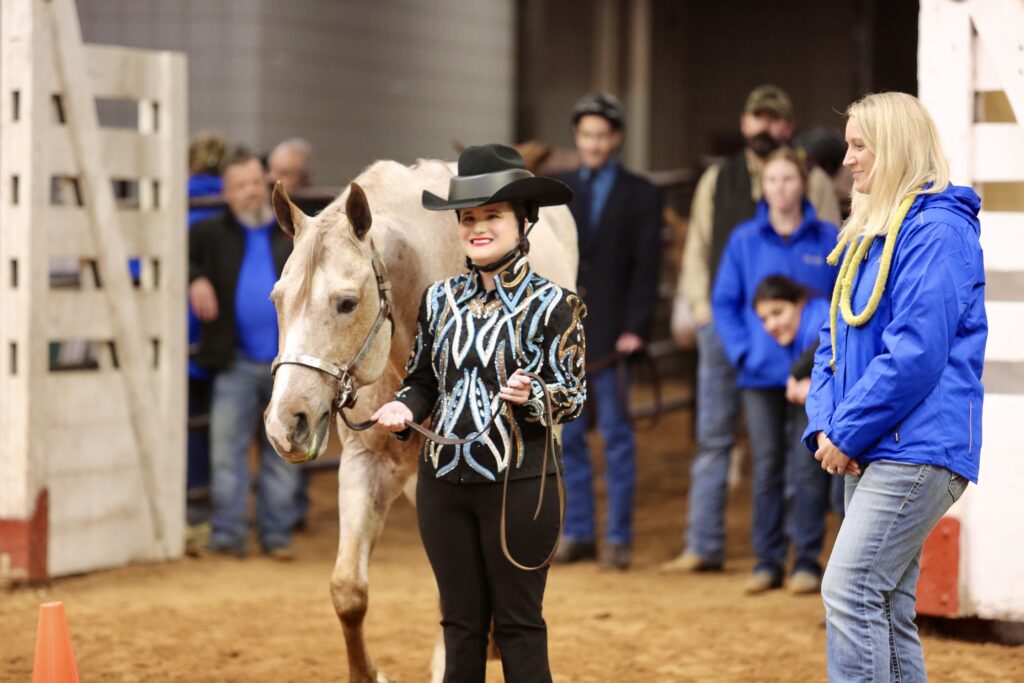

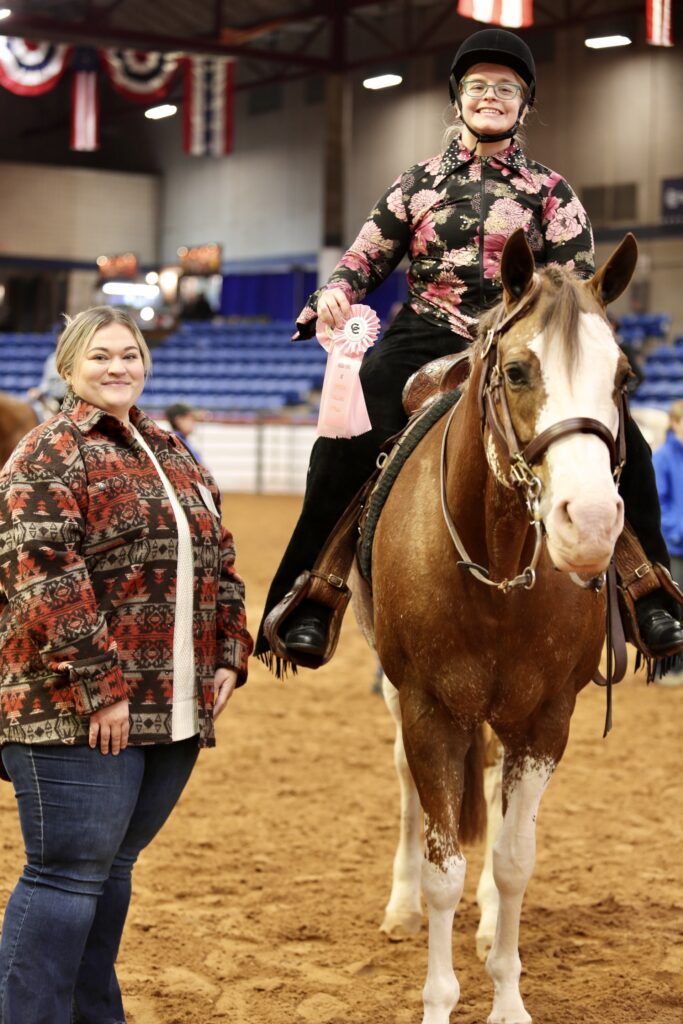
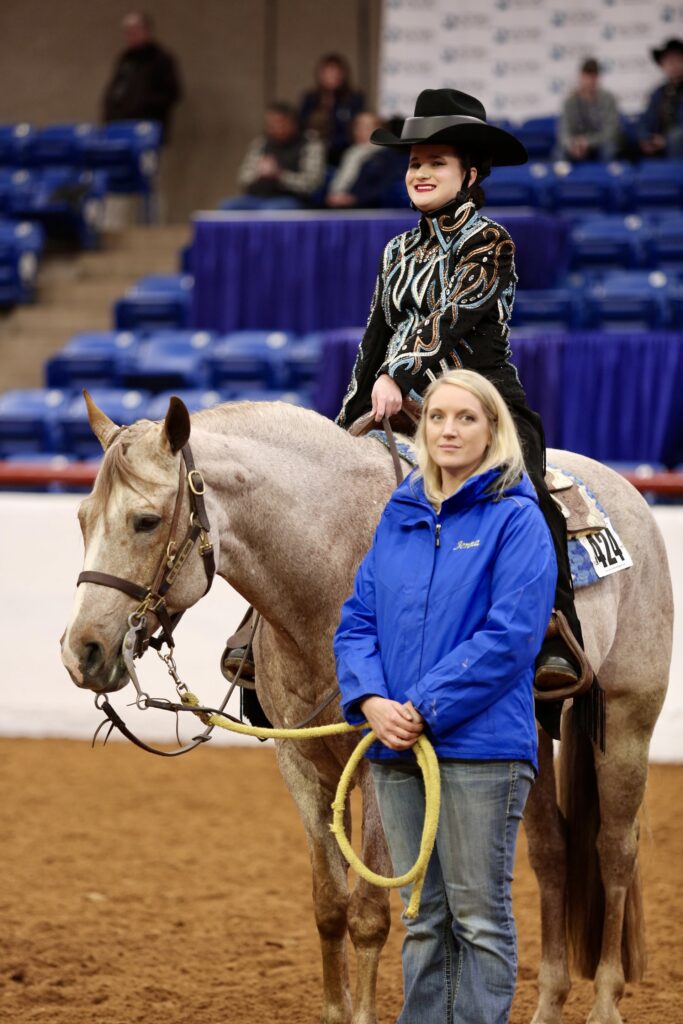
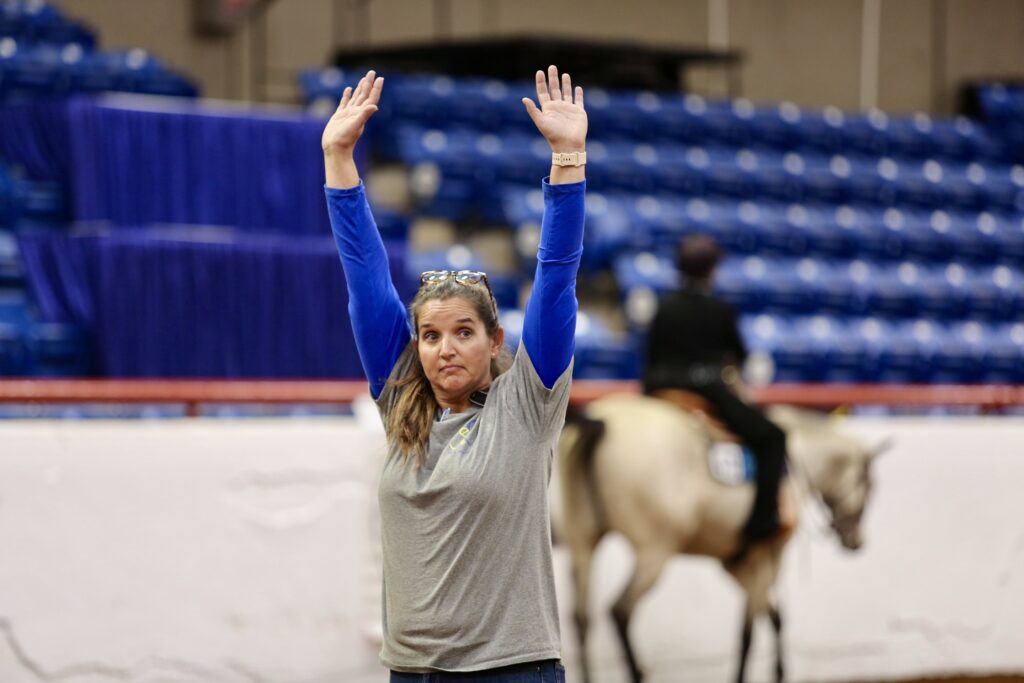
-

 Country Lifestyles2 years ago
Country Lifestyles2 years agoScott & Stacey Schumacher: A Growth Mindset
-

 Country Lifestyles8 years ago
Country Lifestyles8 years agoStyle Your Profile – What your style cowboy hat says about you and new trends in 2017
-

 HOME8 years ago
HOME8 years agoGrazing North Texas – Wilman Lovegrass
-

 Outdoor10 years ago
Outdoor10 years agoButtercup or Primrose?
-

 Country Lifestyles9 years ago
Country Lifestyles9 years agoJune 2016 Profile – The man behind the mic: Bob Tallman
-

 Country Lifestyles8 years ago
Country Lifestyles8 years agoDecember 2016 Profile, Rusty Riddle – The Riddle Way
-

 Country Lifestyles5 years ago
Country Lifestyles5 years agoAmber Crawford, Breakaway Roper
-

 Horsefeathers11 years ago
Horsefeathers11 years agoMount Scott: Country Humor with David Gregory




